|
Donggung Palace and Wolji Pond in Gyeongju. (Source: Korea Tourism Organization) |
Located in North Gyeongsang Province, Gyeongju was the capital of the Silla Dynasty for nearly 1,000 years (from 57 BC to 935 AD). Amidst the tree-lined streets, ancient gardens and quiet burial mounds, the breath of the golden age still remains. Koreans have long called Gyeongju “a roofless museum”, a title that was affirmed even before the government launched a large-scale tourism development project in the 1970s, paving the way for the birth of Bomun Tourist Area - the foundation of Gyeongju's tourism economy today.
In 1971, during a working trip to Gyeongju, President Park Chung-hee expressed his desire to preserve and spread the value of Silla heritage – a symbol of a thousand years of Korean history. From that clear vision, the Gyeongju Tourism Master Plan was launched, laying the foundation for turning the ancient capital of Silla into an international cultural destination.
Over the past ten years, the Korean government has invested 288 billion won to restore relics, build tourism infrastructure and develop the Bomun Lake area into a modern resort center.
|
Panoramic view of Bomun tourist area in Gyeongju, photo taken on March 26, 1979. (Source: The Korea Times) |
By 1979, Bomun Resort was opened to welcome visitors, marking a turning point in the history of Korean tourism when it became the first large-scale resort in the country. From a quiet lake area, Bomun gradually took on a prosperous appearance with luxury hotels, lush green golf courses, conference centers and bustling entertainment areas.
Today, with more than 22 accommodations, Bomun is not only a meeting place for international events but also a place where tourists come to relax and enjoy the peaceful beauty of Gyeongju.
From the 1980s until now, Gyeongju has remained a familiar destination in the memories of many generations of Koreans, where school field trips, family vacations and first honeymoons all left unforgettable impressions.
In the late 2010s, Gyeongju saw a “revival” in the city center. The Poseok-ro or “Hwangridan” neighborhood quickly became a new symbol of creativity. Cafes, art shops, and ancient hanok roofs all took on a modern feel, captivating visitors with a fusion of past and present.
|
Tourists stroll through Hwangnidan Street, a bustling meeting place in the heart of downtown Gyeongju. (Source: Korea Tourism Organization) |
However, the charm of Gyeongju lies not only in the resorts or the streets with a modern feel. This city is also a journey back more than a thousand years of history, where every stone slab and tree still faintly echoes the whispers of the once glorious Silla empire.
Amidst the quiet space of Daereungwon Tomb, giant mounds rise up as witnesses of the ancient Silla monarchy. When entering Cheonmachong Tomb, visitors cannot help but be amazed by the sparkling golden crowns and exquisite jewelry that vividly tell the story of the lavish life of the dynasty thousands of years ago.
From afar, the Cheomseongdae Observatory stands tall as a symbol of Silla wisdom. This ancient structure not only served astronomy but also represented the aspiration of an entire civilization to conquer the sky.
|
A bird's-eye view of the Daereungwon Tomb Complex. The ancient tomb complex is located in the heart of Gyeongju city. (Source: Korea Tourism Organization) |
As dusk fell and darkness enveloped Gyeongju, Wolji Pond turned into a crystal-clear mirror, reflecting the sparkling light that made Donggung Palace shine amidst the late evening mist. The golden rays of light gently swayed on the water, recalling the echoes of lavish banquets during the Silla era.
The four seasons here alternate like a dance of time, each season has its own charm: Spring is shy with cherry blossoms, Summer has the scent of lotus, Autumn dyes the reeds yellow and Winter is covered with a layer of pure snow. Walking on the ancient path around the lake, visitors seem to touch the thousand-year-old breath of the ancient palace.
|
Donggung Palace and Wolji Pond. (Source: TG Group) |
Crossing Woljeong Bridge, visitors enter the fairy-tale atmosphere of Gyochon Village, where moss-covered hanok roofs are now a meeting place for traditional arts and crafts. In the lingering smoke of tea, Gyeongju appears peaceful, a city that lives in memories and breathes in the present.
Inside the Gyeongju National Museum, soft lighting illuminates the resplendent golden crowns, exquisite ceramics and ancient bronze vessels, each a piece of the thousand-year-old Silla Dynasty. Thanks to the application of technology and interactive displays, the history here is no longer quiet in glass cabinets but speaks up, taking visitors on a journey to their roots.
If Gyeongju is a long poem of the past, then Bomun Lake is the gentle music of the present. Each season passes, the scenery changes its appearance: Spring, cherry blossoms cover the water surface in pink; Summer, the wind gently carries the boat; Autumn, yellow leaves reflect on the hillsides; Winter, morning mist paints a tranquil picture. Walking around the paths around the lake, visitors can both enjoy the scenery and feel the peaceful rhythm of life in Gyeongju.
Modern amenities such as water parks, golf courses and conference centers also make this the perfect destination for any trip.
|
Bulguksa Temple. (Source: Korea Tourism Organization) |
When talking about Gyeongju, it is impossible not to mention two UNESCO-recognized Buddhist heritages: Bulguksa Temple and Seokguram Grotto - symbols of the quintessence of Korean art and beliefs. The ancient stone steps, mossy towers and Buddha statues sitting in the middle of a peaceful scene evoke a rare sense of solemnity. In the dim light of Seokguram Grotto, the majestic Buddha statue guides viewers to find peace of mind.
Every year, Gyeongju welcomes nearly 9 million tourists from all over the world. During the recent Chuseok holiday alone, more than 701,000 visitors visited, leaving a vibrant mark on the thousand-year-old city. The number not only speaks to the enduring vitality of Gyeongju, but also proves the never-fading love of tourists for the “heritage heart” of Korea.
Source: https://baoquocte.vn/gyeongju-trai-tim-di-san-va-du-lich-ben-vung-cua-han-quoc-332392.html


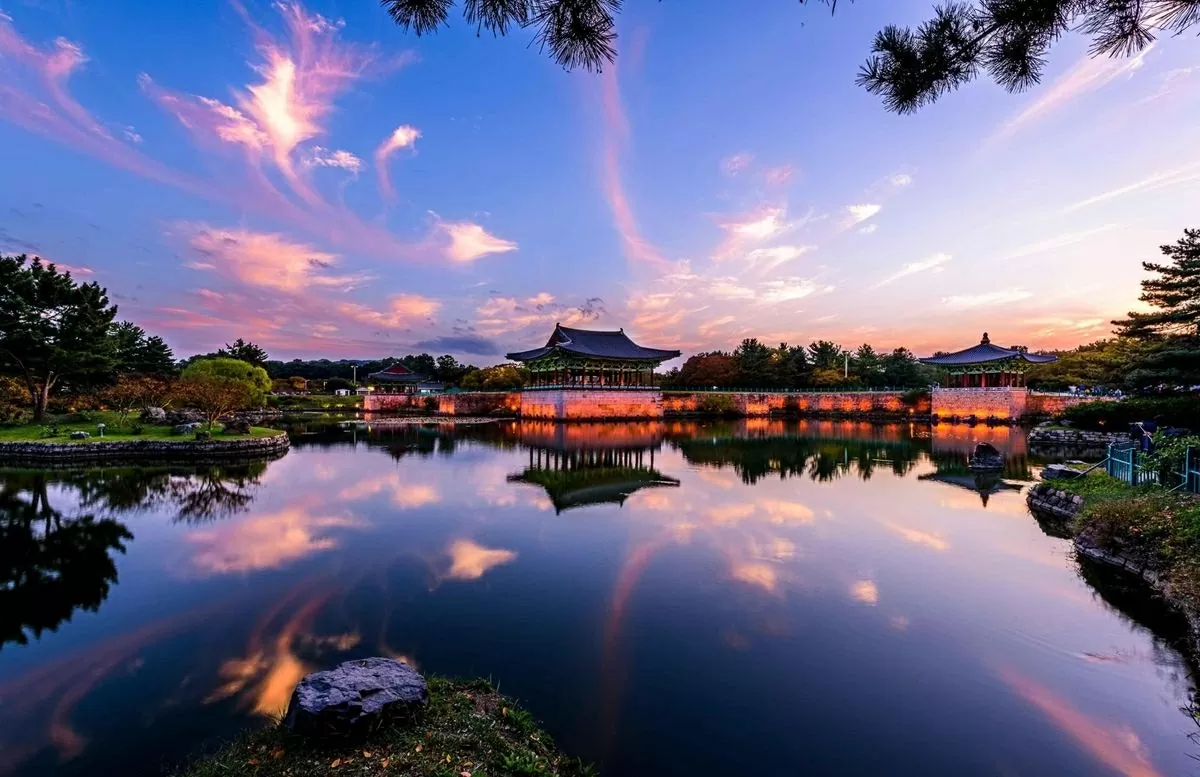
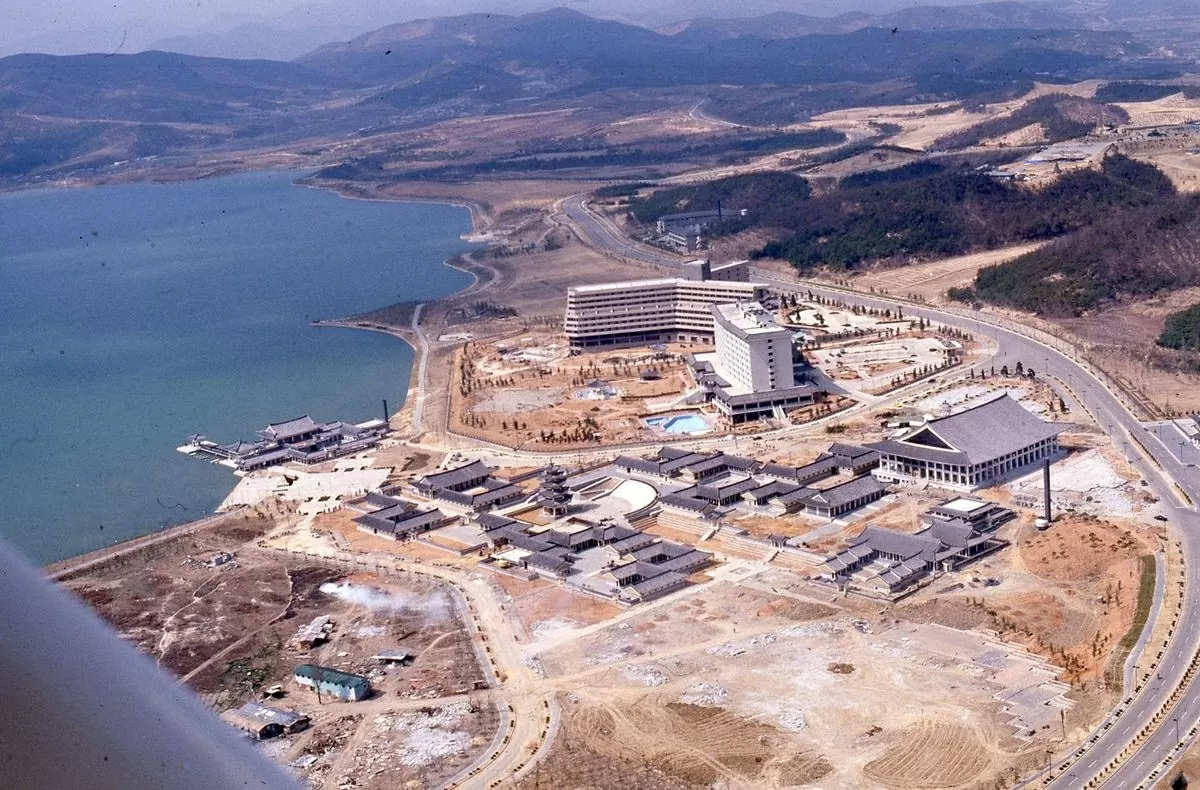
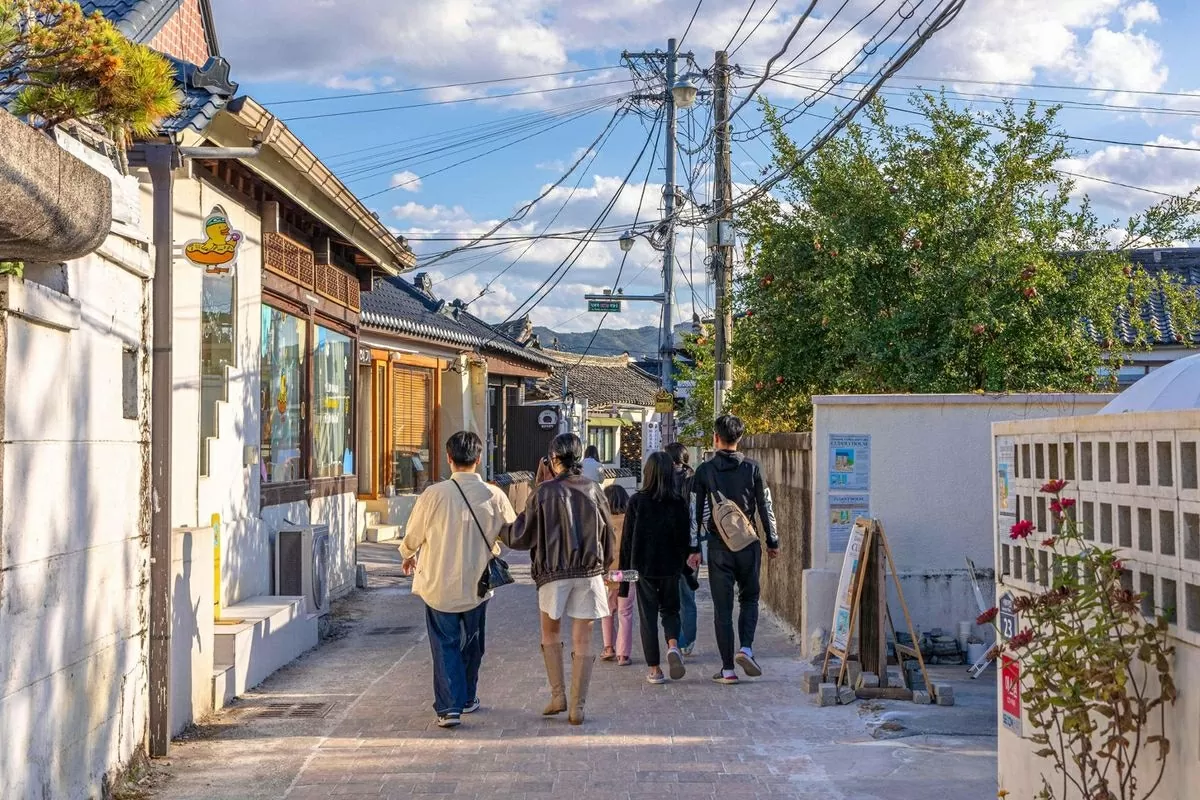
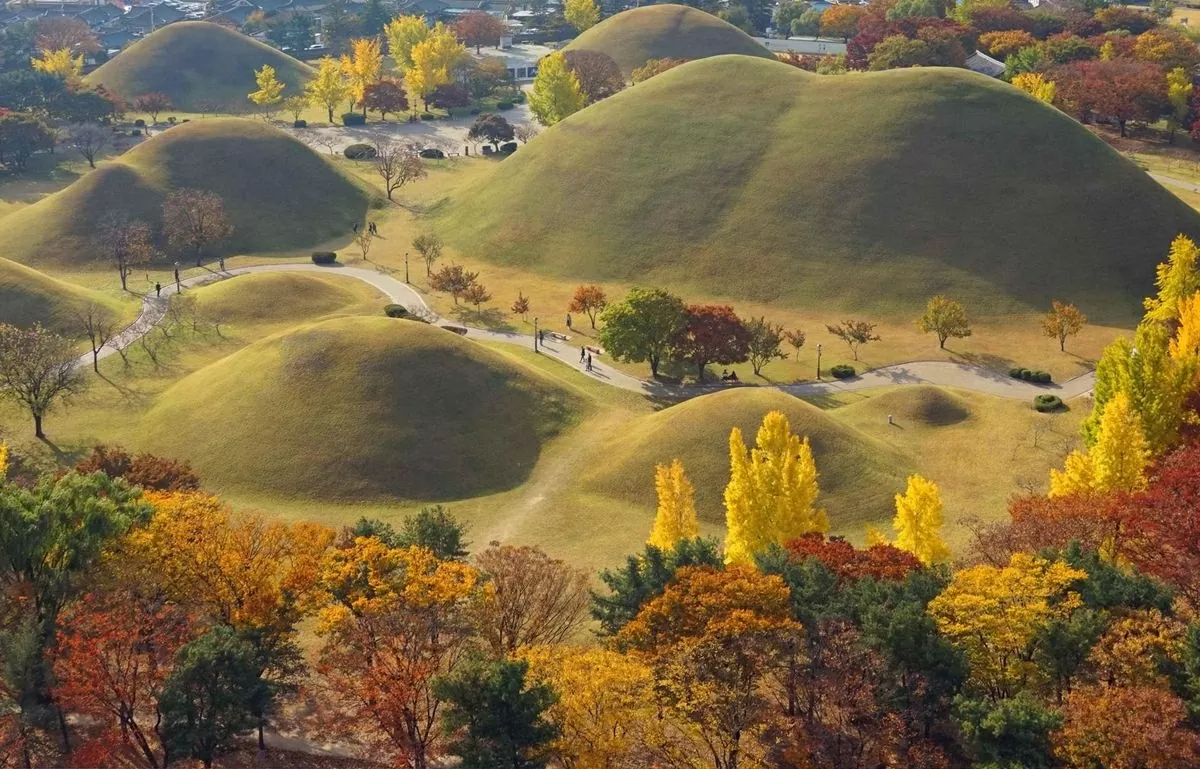
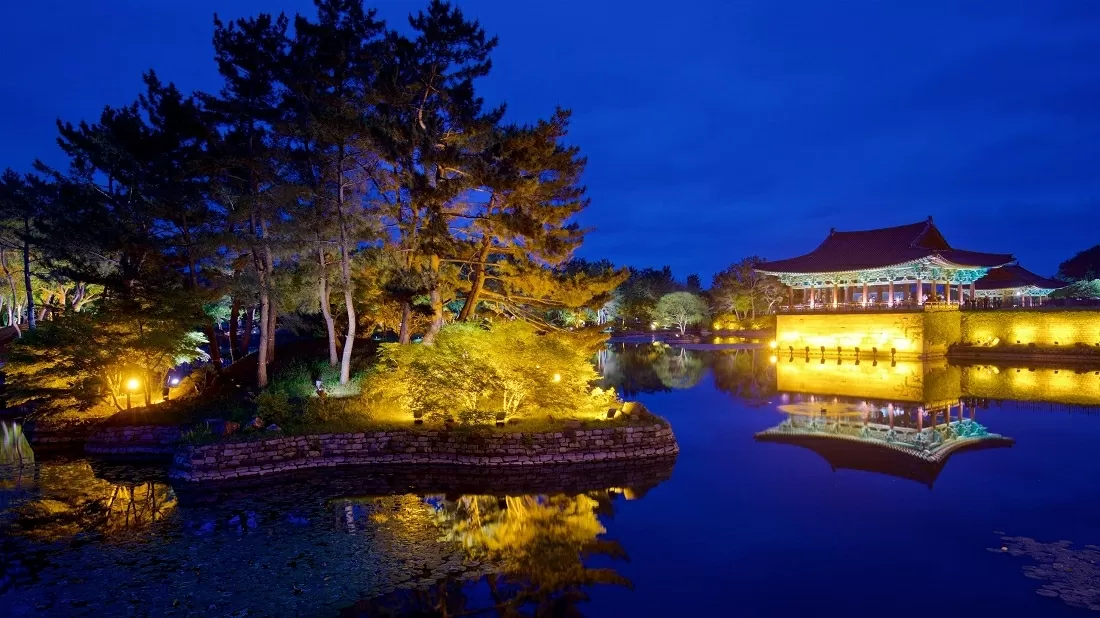
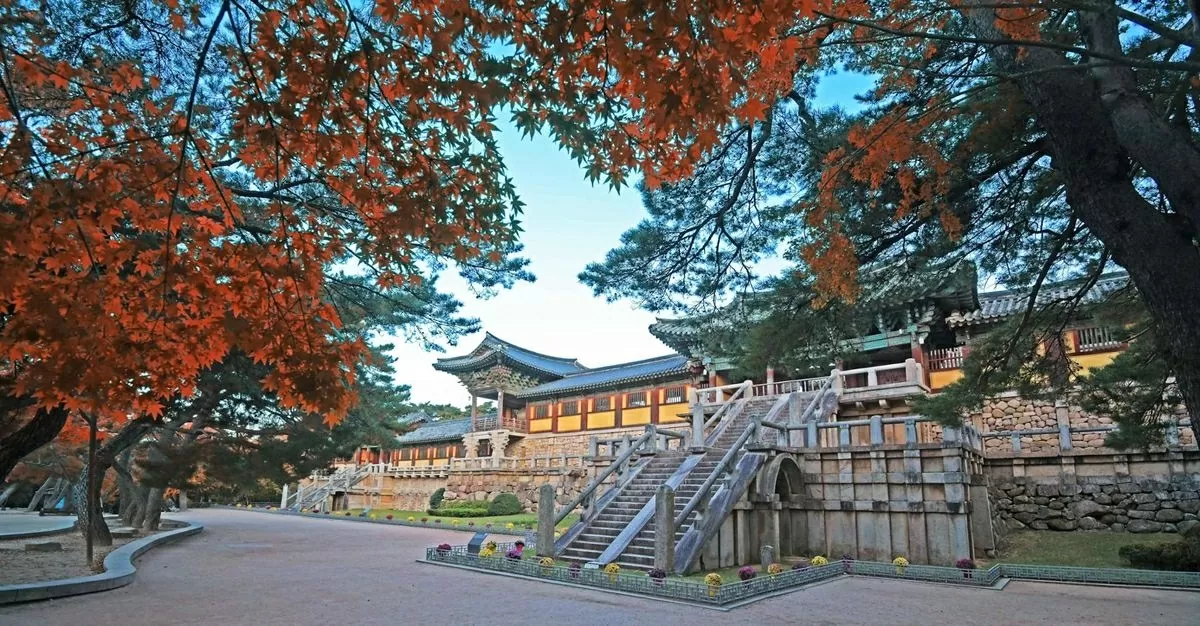
![[Photo] Prime Minister Pham Minh Chinh attends the 5th National Press Awards Ceremony on preventing and combating corruption, waste and negativity](https://vphoto.vietnam.vn/thumb/1200x675/vietnam/resource/IMAGE/2025/10/31/1761881588160_dsc-8359-jpg.webp)
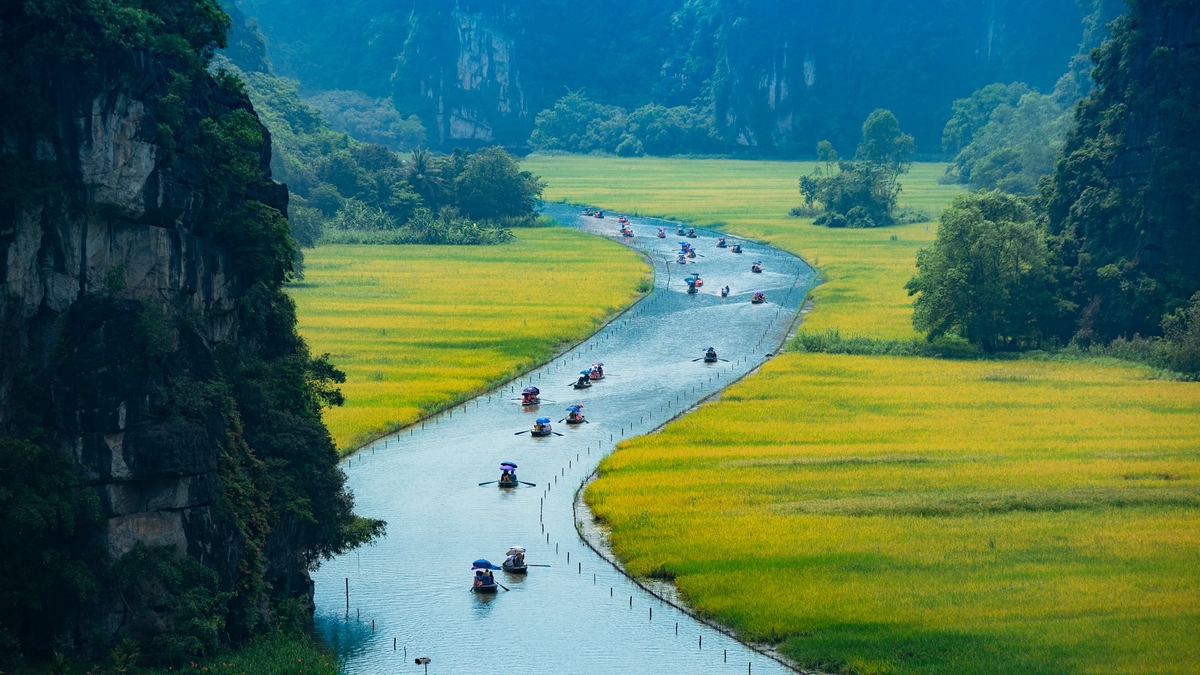


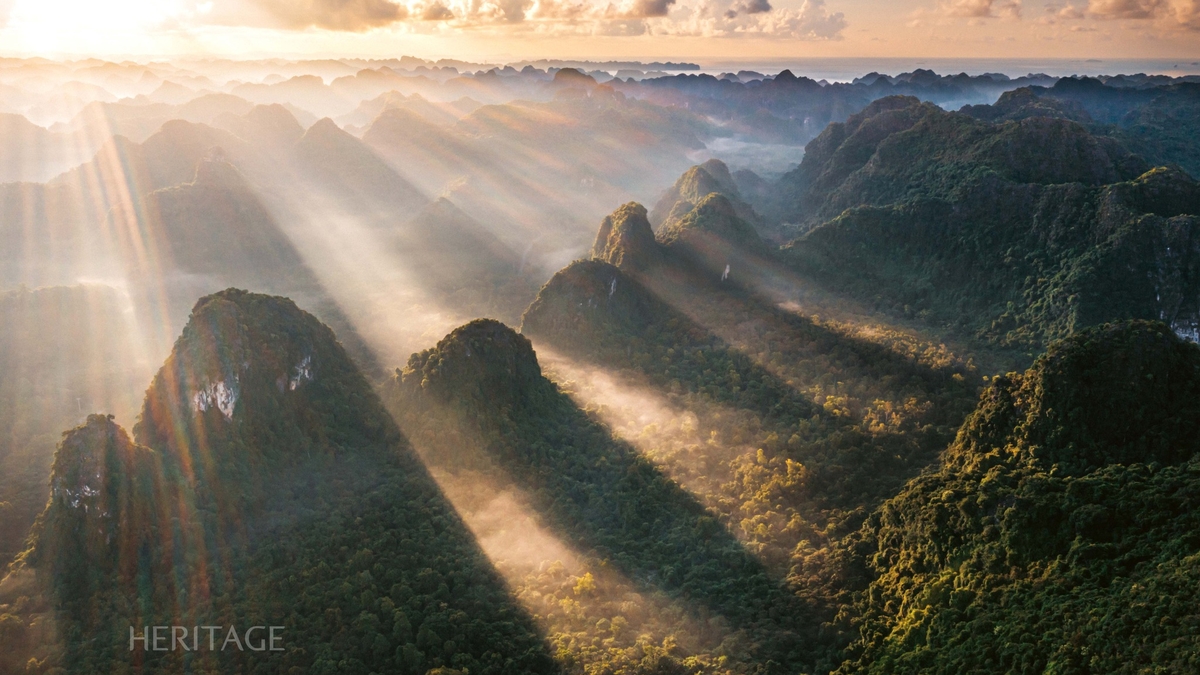
![[Photo] Da Nang: Water gradually recedes, local authorities take advantage of the cleanup](https://vphoto.vietnam.vn/thumb/1200x675/vietnam/resource/IMAGE/2025/10/31/1761897188943_ndo_tr_2-jpg.webp)


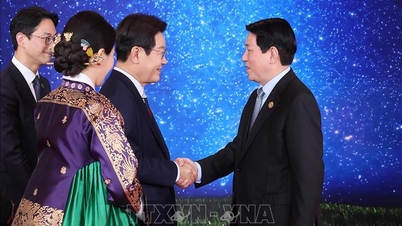
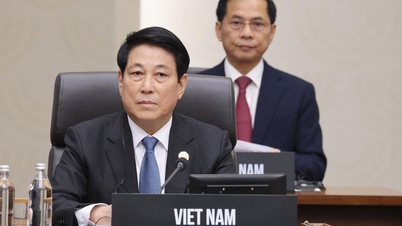

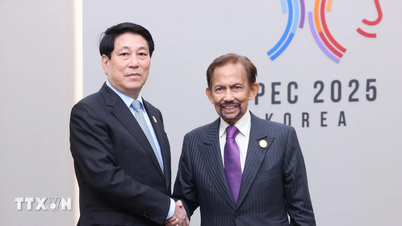

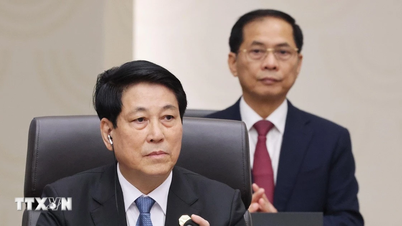
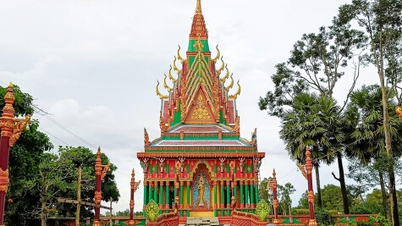

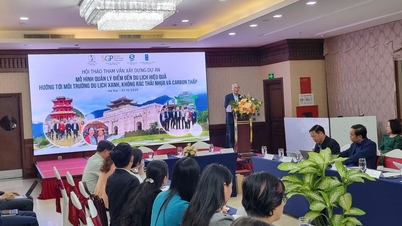

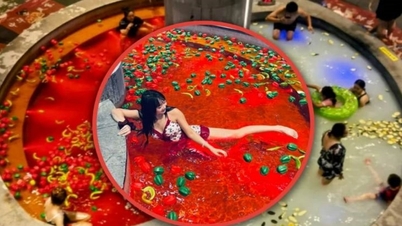

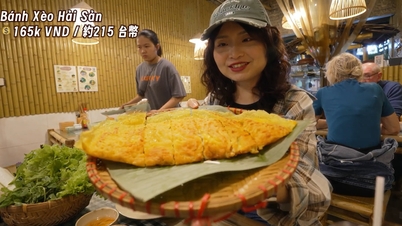
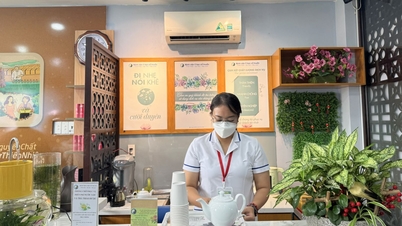






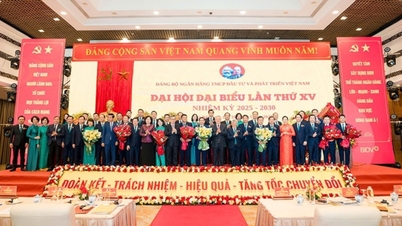
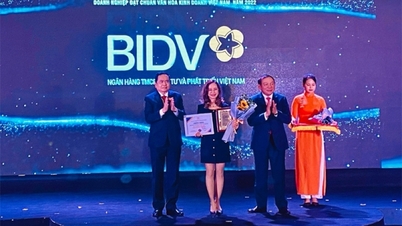
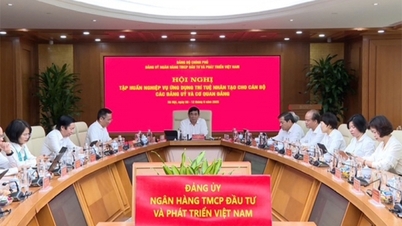
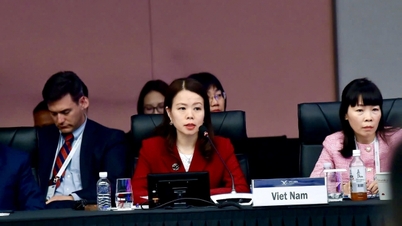
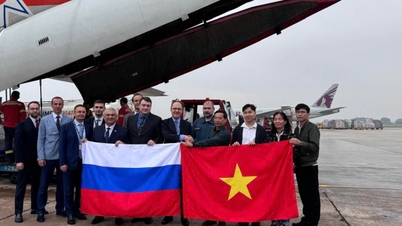
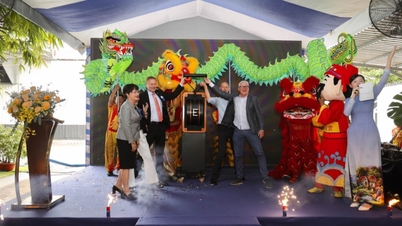
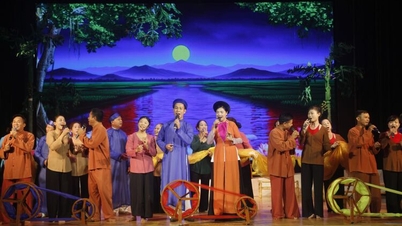

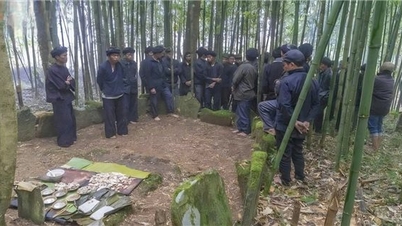

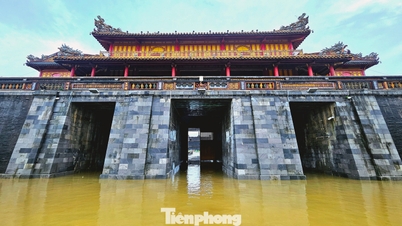

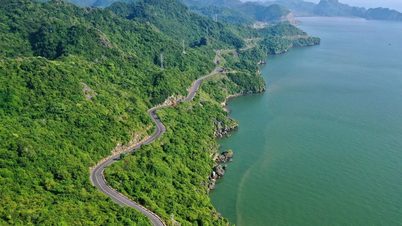

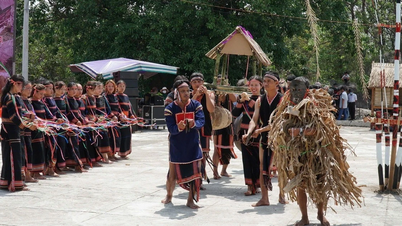


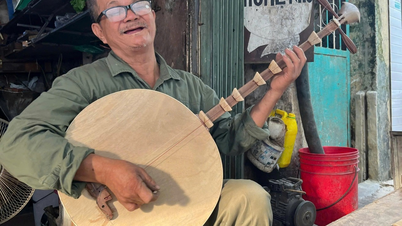



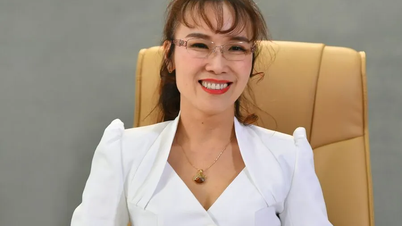

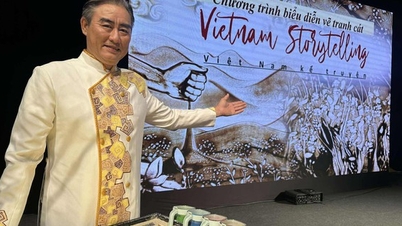


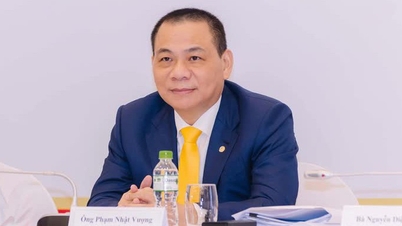

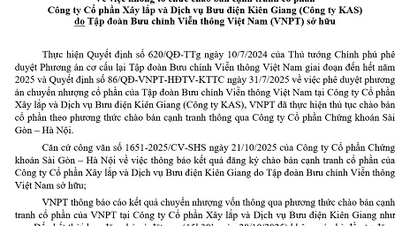


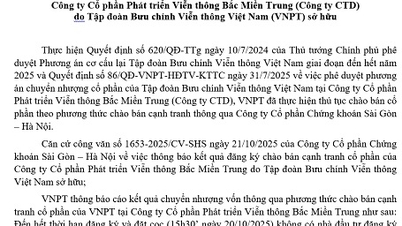
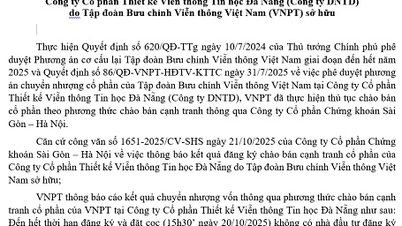






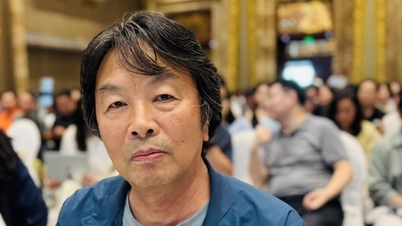
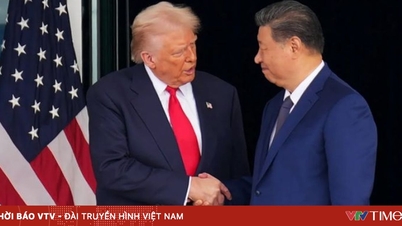

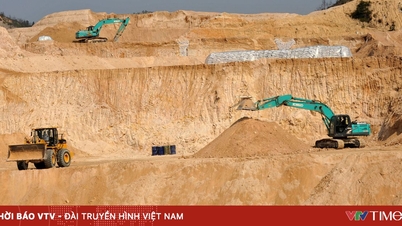
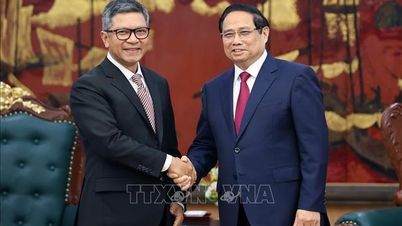
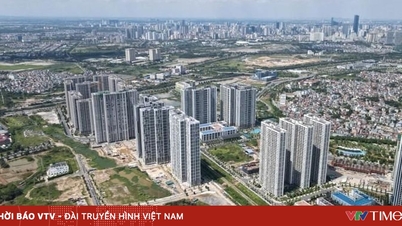


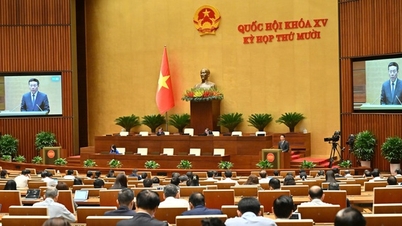

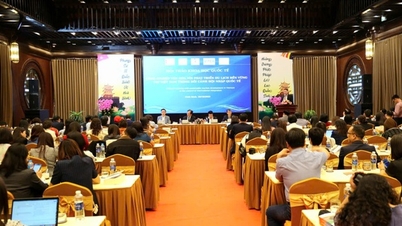
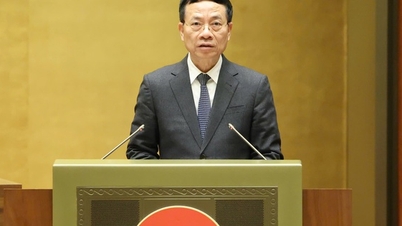
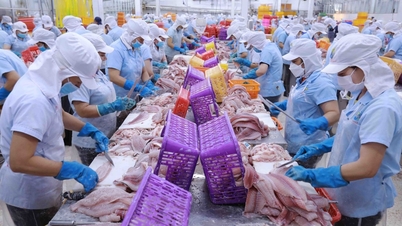
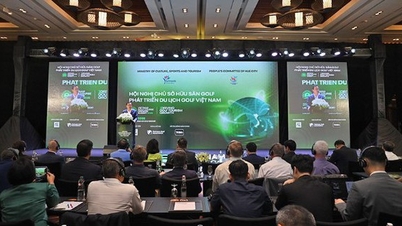
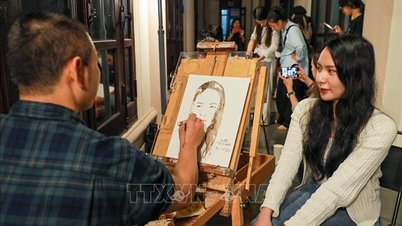

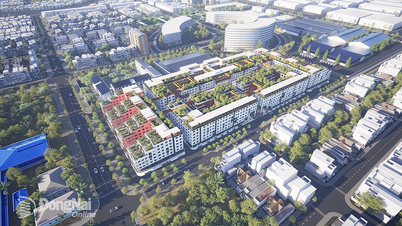


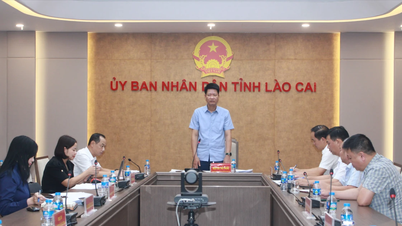

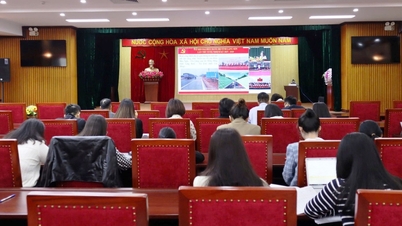

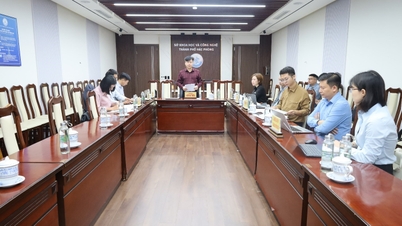











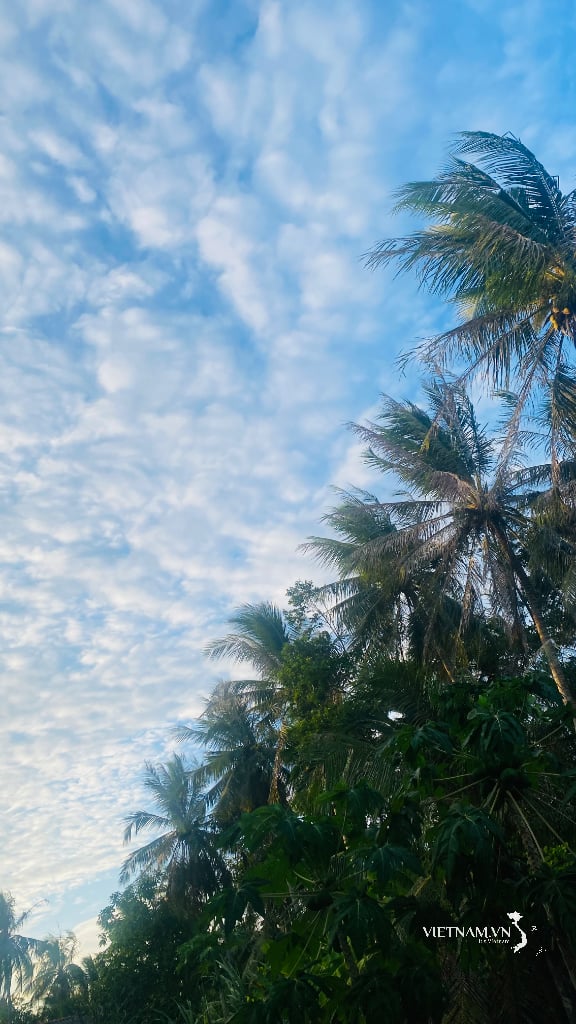



Comment (0)